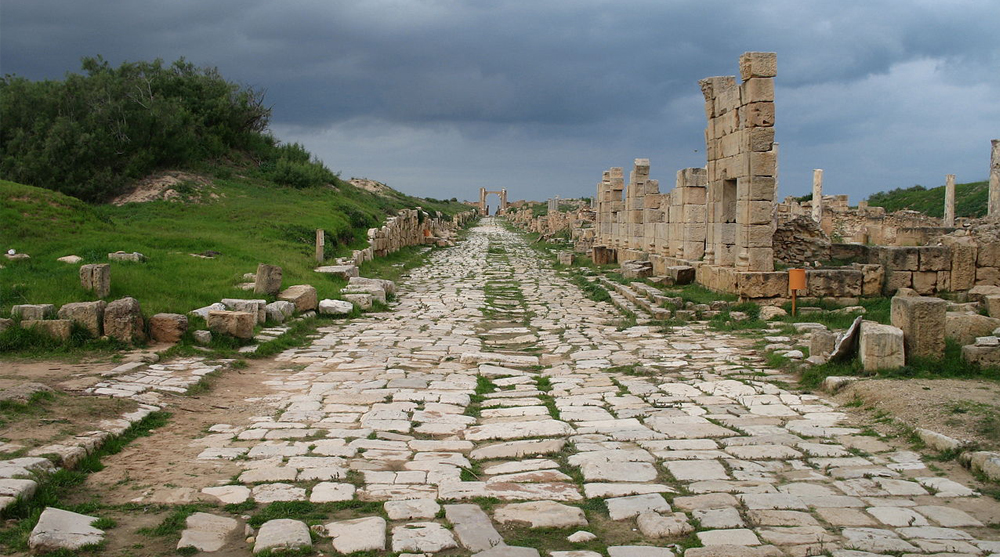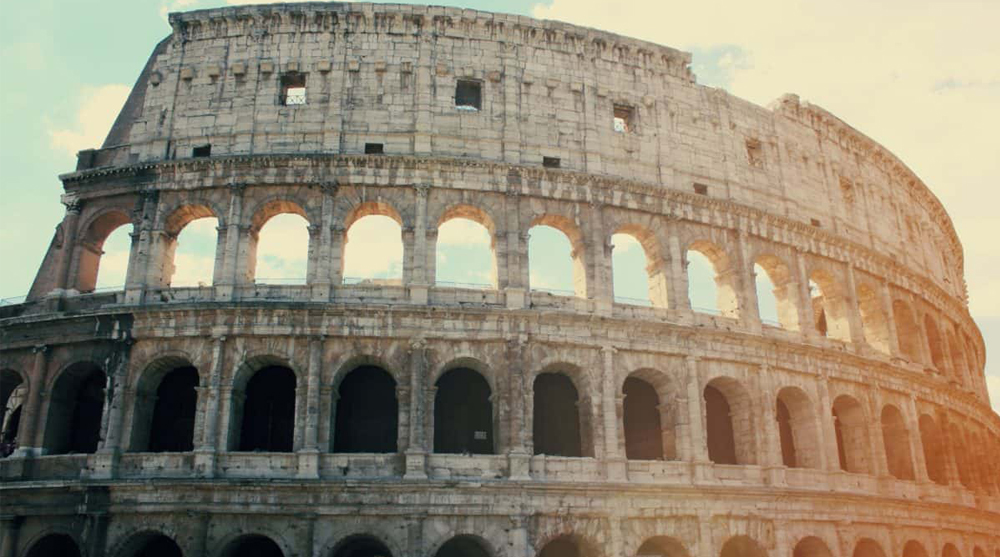Roman architecture was so revolutionary that much of it still persists and influences architecture to this day. It’s no surprise that a civilization the size of the Roman empire created concepts, styles, and even landmarks that are still standing today. The number of influences on modern architecture are almost too many to list, but there a few key aspects of Roman architecture that changed, not only architecture, but modern civilisation itself.
1. Romans built monuments as a statement of power
The Arch of Constantine was the inspiration for the famous Marble Arch in London. Image source
Many great works of Roman architecture were constructed as a means of stating the power of the Romans, as Emperors celebrated their status and reputations with grand public works of architecture. The Arch of Constantine, completed in 315 AD to celebrate the Battle of Milvian Bridge, is one of the largest surviving structures from that era. Standing 21 metres high, it was the inspiration for the famous Marble Arch in London.
2. The Pantheon is an amazing example of Roman architecture
The dome of the Pantheon in Rome remains to this day - even with all the advances in technology, science, materials, and architecture - the largest unsupported concrete dome in the world. Commissioned during the reign of Augustus (27 BC – 14 AD) and officially dedicated in 126 AD, this nearly 2000-year-old structure beats out anything built today.

The Pantheon is still the largest unsupported concrete dome in the world. Image source
3. Roman architecture developed the use arches and vaults in architecture
While Roman architecture may not have invented the arch or the vault, they certainly perfected them. These architectural forms allowed Roman architects to create large roofed structures without a reliance on pillars. These forms were also instrumental in their ability to construct great bridges and aqueducts; structures that were vital in the development and expansion of one of the greatest empires in history.
The ancient Roman triumphal arch of Medinaceli in Soria, Spain is a perfect example of one of the first arches perfected by Roman architecture. Image source
4. Roman architecture allowed large cities to grow
Roman architecture pioneered incredibly advanced architectural concepts that were vital in allowing large cities to grow, thus allowing them to expand their empire across vast distances.
Caption: Aqueducts made the expansion of the Roman empire possible. Image sorce
By the end of the third century, Rome was served by 11 aqueducts, with some 800 km of artificial water courses in total. This transformed the way that civilisations operated, freeing citizens from a dependency on agriculture and allowing them to explore art, politics, engineering, and many of the other industries that set the Roman Empire apart from other civilizations.
BRIDGES

Caption: Roman bridges like Alcántara Bridge over the Tagus River in Spain facilitated transport throughout their vast empire. Image source
The invention and widespread use of aqueducts could not have happened without the construction of bridges, many of which are still standing thousands of years later. One of the most beautiful example is the Alcántara Bridge over the Tagus River in Spain, constructed in 106 AD under the rule of Emperor Trajan. It even features an inscription that reads, ‘I have built a bridge which will last forever,’ and to his credit that statement is still accurate.
SEWERS
Though less celebrated throughout history, the construction of a sewer system was vital to urban life. Built from previously-used open drains and canals, the Cloaca Maxima was used throughout the entire existence of both the Republic and the Empire, with parts of it still used to this day. Part of the appeal of the Roman Empire was the cleaner and healthier life its inhabitants lived, thanks in no small part to an intricate and ingenious sewer system; a fact that would be helpful in placating conquered communities.
ROADS

Roman architecture introduced the vast network of roads that connect countries all across the empire like this one still in tact in Libya. Image source
Last but by no means least is Rome’s impressive network of roads. The Appian Way was the first major paved road constructed in the mid-fourth century BCE. It linked Rome to Brindisi and even included a 1 km-long tunnel to connect to an important naval base.
5. Roman architecture relied heavily on concrete

The discovery of concrete made much of Roman architecture possible. Image source
The Roman’s discovery of a rudimentary version of concrete is what made these architectural feats possible. In fact, Roman concrete is fairly similar to modern-day Portland cement, created by mixing a dry aggregate with a mortar that would take up water and then harden. This revolutionary material gave Roman architecture huge flexibility in form and never-before-seen strength and durability.
Roman architecture is truly inspirational, and if you’re feeling extra motivated why not check out one of our architecture competitions and test your own creativity.
Top 3 Reasons Why You Should Enter Architecture Competitions
Curious about the value of architecture competitions? Discover the transformative power they can have on your career - from igniting creativity and turning designs into reality, to gaining international recognition.
Learn more



























